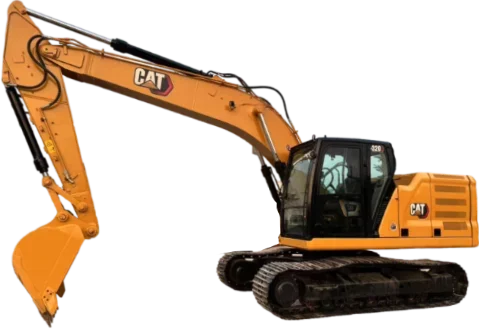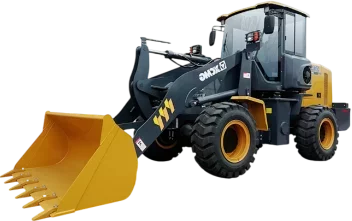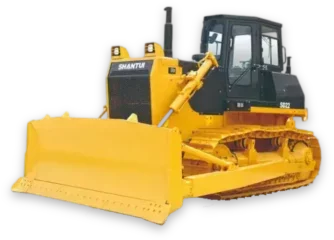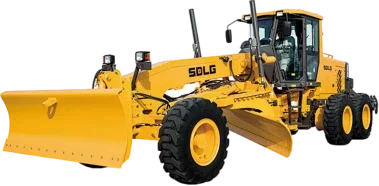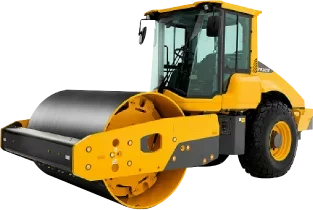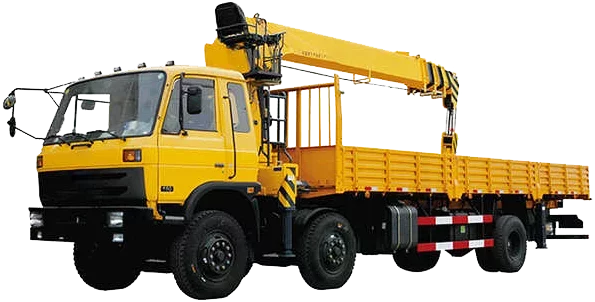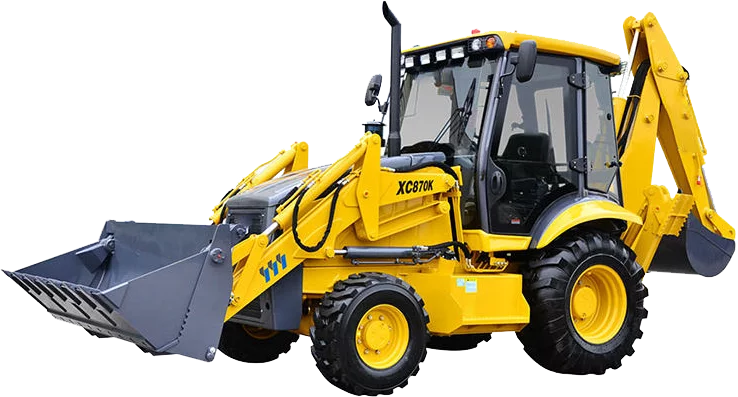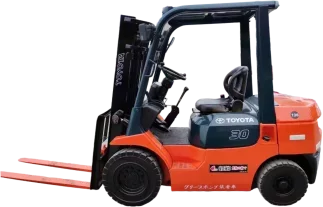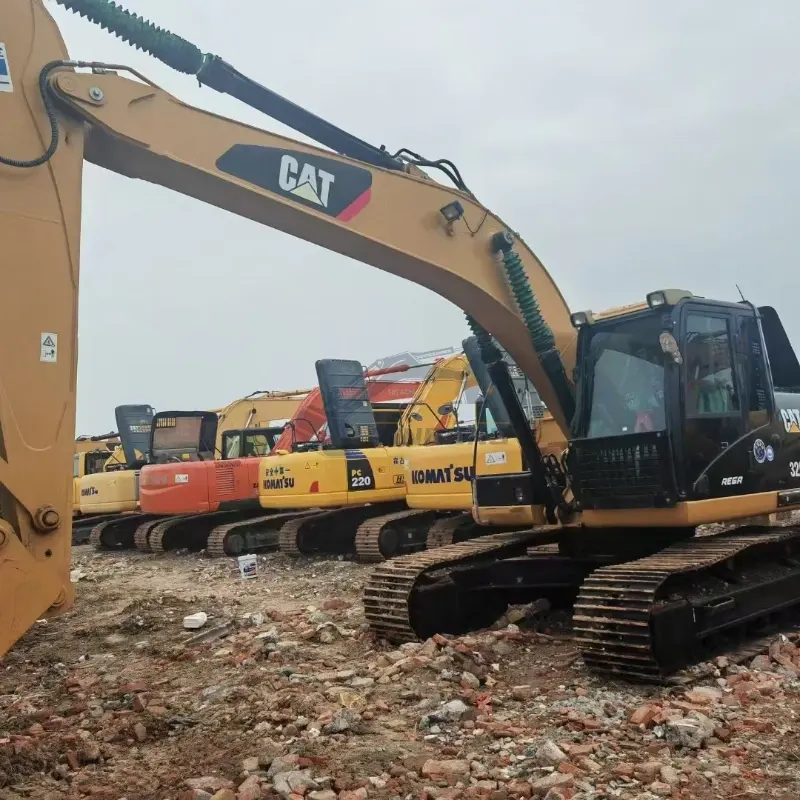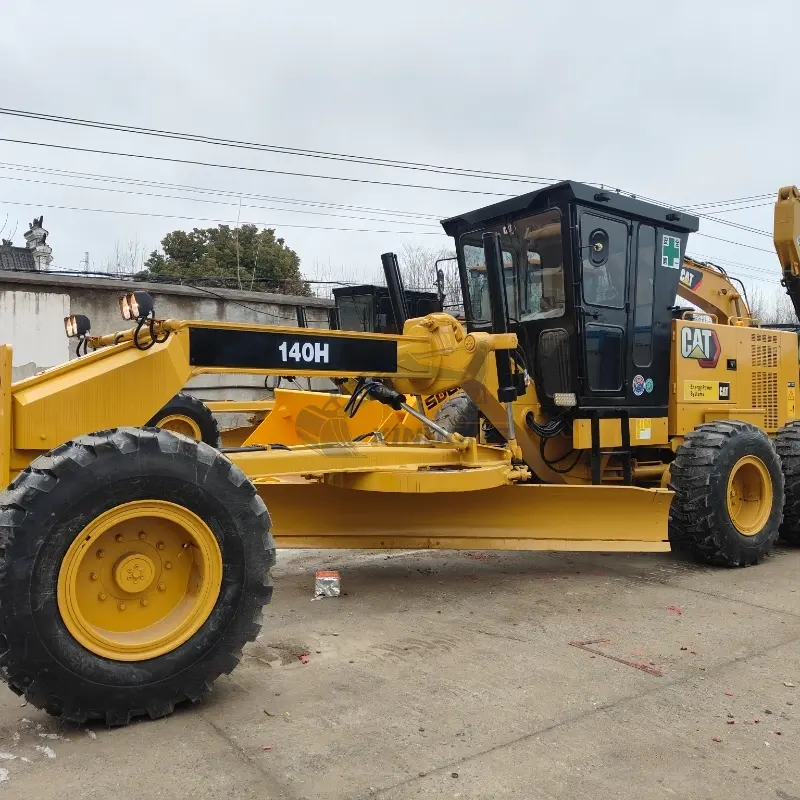Comparaison entre les excavatrices Caterpillar 320D et 330D : laquelle peut effectuer vos tâches lourdes le plus efficacement ?
Date de sortie : 17/06/2025
Les Caterpillar 320D et 330D sont des pelles sur chenilles classiques de taille moyenne, commercialisées par Caterpillar et largement utilisées dans des secteurs tels que la construction, l'exploitation minière et le terrassement. Malgré leur apparence similaire, elles diffèrent en termes de performances, d'applications et d'efficacité. Ce comparatif vous aidera à déterminer quelle pelle est la plus adaptée à vos travaux lourds.
1. Comparaison des groupes motopropulseurs
Caterpillar 320D
Le 320D est équipé d'un moteur C7 développant une puissance maximale de 120 kW (environ 160 chevaux). Cette puissance est suffisante pour la plupart des travaux de moyenne à lourde intensité, tels que le terrassement et la construction d'infrastructures.
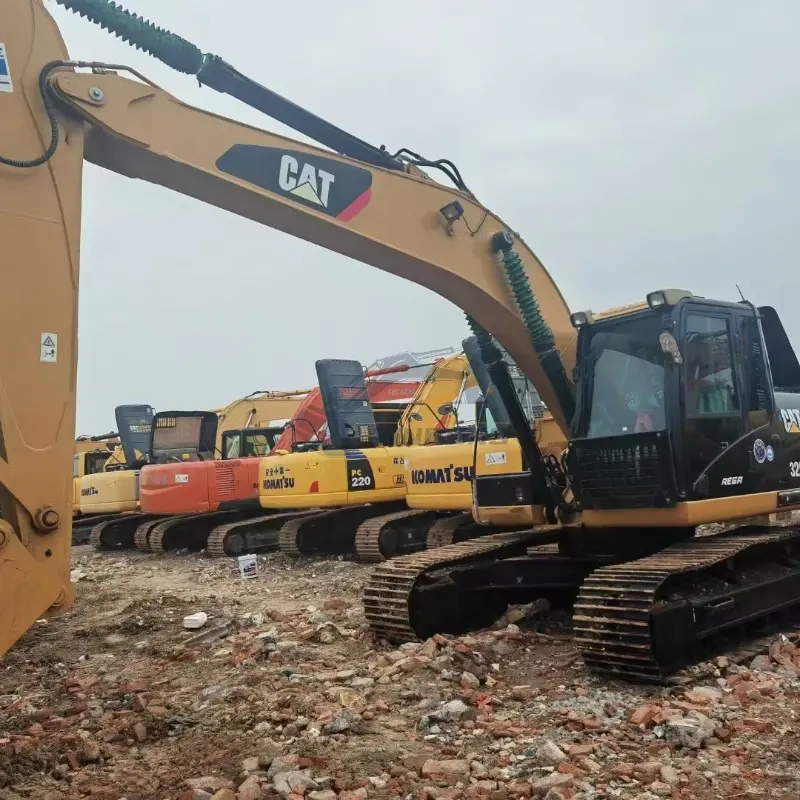
Caterpillar 330D
Le Excavatrice 330D Il est propulsé par un moteur C9, offrant une puissance maximale de 150 kW (environ 200 chevaux). Comparé au 320D, le 330D offre des performances plus puissantes, ce qui le rend plus adapté aux travaux lourds, tels que l'exploitation minière à grande échelle et les travaux de terrassement intensifs.
Conclusion : Si votre environnement de travail nécessite la gestion de tâches plus intenses, le puissant moteur du 330D vous donnera un avantage significatif dans les applications lourdes.
2. Efficacité opérationnelle et système hydraulique
Caterpillar 320D
Le 320D est équipé d'un système hydraulique traditionnel, offrant un excellent contrôle et une faible consommation de carburant. Il offre des performances fluides et efficaces pour la plupart des travaux d'excavation courants, ce qui le rend particulièrement adapté aux projets de taille moyenne.
Caterpillar 330D
Le 330D est équipé d'un système hydraulique modernisé qui utilise des technologies de contrôle plus performantes. Ces améliorations permettent au 330D d'offrir des temps de réponse plus rapides et une meilleure précision lors des opérations complexes, notamment pour le levage de charges lourdes et les projets de grande envergure, ce qui améliore son efficacité globale.
Conclusion : Le 330D présente un avantage évident en termes d’efficacité opérationnelle et de performances hydrauliques, en particulier dans les applications lourdes qui nécessitent des opérations rapides et précises.
3. Plage de travail et profondeur d'excavation
Caterpillar 320D
La 320D offre une profondeur de fouille maximale d'environ 6,7 mètres, ce qui la rend adaptée à la plupart des travaux d'excavation standard. Sa longueur de flèche et son rayon de fouille sont excellents pour les projets de moyenne envergure et répondent à la plupart des exigences.
Caterpillar 330D
La 330D peut atteindre une profondeur de fouille maximale de 7,3 mètres, offrant un rayon de travail plus large et une capacité de creusage améliorée. Elle est particulièrement avantageuse pour les travaux d'excavation plus profonds dans les mines et les grands projets d'infrastructure, où une profondeur de fouille plus importante est requise.
Conclusion : Le 330D excelle en termes de profondeur de creusement et de rayon de travail, ce qui en fait le meilleur choix pour les tâches nécessitant une excavation plus profonde.

4. Efficacité énergétique et coûts d'entretien
Caterpillar 320D
Le 320D offre un excellent rendement énergétique, notamment à charge moyenne à faible, ce qui contribue à réduire les coûts d'exploitation des tâches courantes. Il constitue ainsi un choix économique pour de nombreux projets.
Caterpillar 330D
Le moteur plus puissant du 330D entraîne une consommation de carburant plus élevée que celle du 320D. Cependant, son système hydraulique performant et sa conception améliorée améliorent l'efficacité opérationnelle dans les tâches exigeantes, ce qui rend ses coûts d'exploitation globaux raisonnables malgré une consommation de carburant plus élevée.
Conclusion : Si la consommation de carburant est une priorité, le 320D pourrait être plus adapté. Cependant, l'efficacité opérationnelle supérieure du 330D dans les tâches lourdes pourrait compenser la consommation accrue.
5. Stabilité et durabilité
Caterpillar 320D
Le 320D présente une conception compacte et une excellente stabilité, notamment pour les projets de moyenne envergure. Son châssis et sa suspension sont optimisés pour maintenir stabilité et précision sur les terrains accidentés.
Caterpillar 330D
Le 330D est doté d'un châssis plus robuste et plus durable, conçu pour une utilisation intensive prolongée. Il offre d'excellentes performances dans des conditions extrêmes, conservant stabilité et efficacité même sur des terrains complexes et pendant de longues heures de travail intensif.
Conclusion : Pour les opérations intensives dans des conditions extrêmes, le 330D offre une meilleure stabilité et durabilité, ce qui le rend idéal pour les charges de travail lourdes et prolongées, tandis que le Pelle Caterpillar 320D est plus adapté aux environnements à usage moyen.
Choix final :
- Choisissez le Caterpillar 320D : Si votre projet est de petite à moyenne envergure, axé sur l'efficacité énergétique et des coûts d'exploitation réduits sans nécessiter d'excavation profonde, le 320D est un excellent choix.
- Choisissez le Caterpillar 330D : si vous effectuez des tâches intensives et exigeantes telles que l'exploitation minière, des projets d'infrastructure à grande échelle ou si vous avez besoin d'une plus grande profondeur de creusement et d'une plus grande efficacité, le 330D offrira des performances supérieures.
Conclusion : Les modèles 320D et 330D présentent chacun leurs avantages spécifiques. Le choix final doit être basé sur les exigences de votre projet, votre environnement de travail et votre budget. Si vous recherchez des performances élevées et une efficacité accrue, le 330D est le meilleur choix, tandis que le 320D est idéal pour des travaux de moyenne intensité plus économiques.

